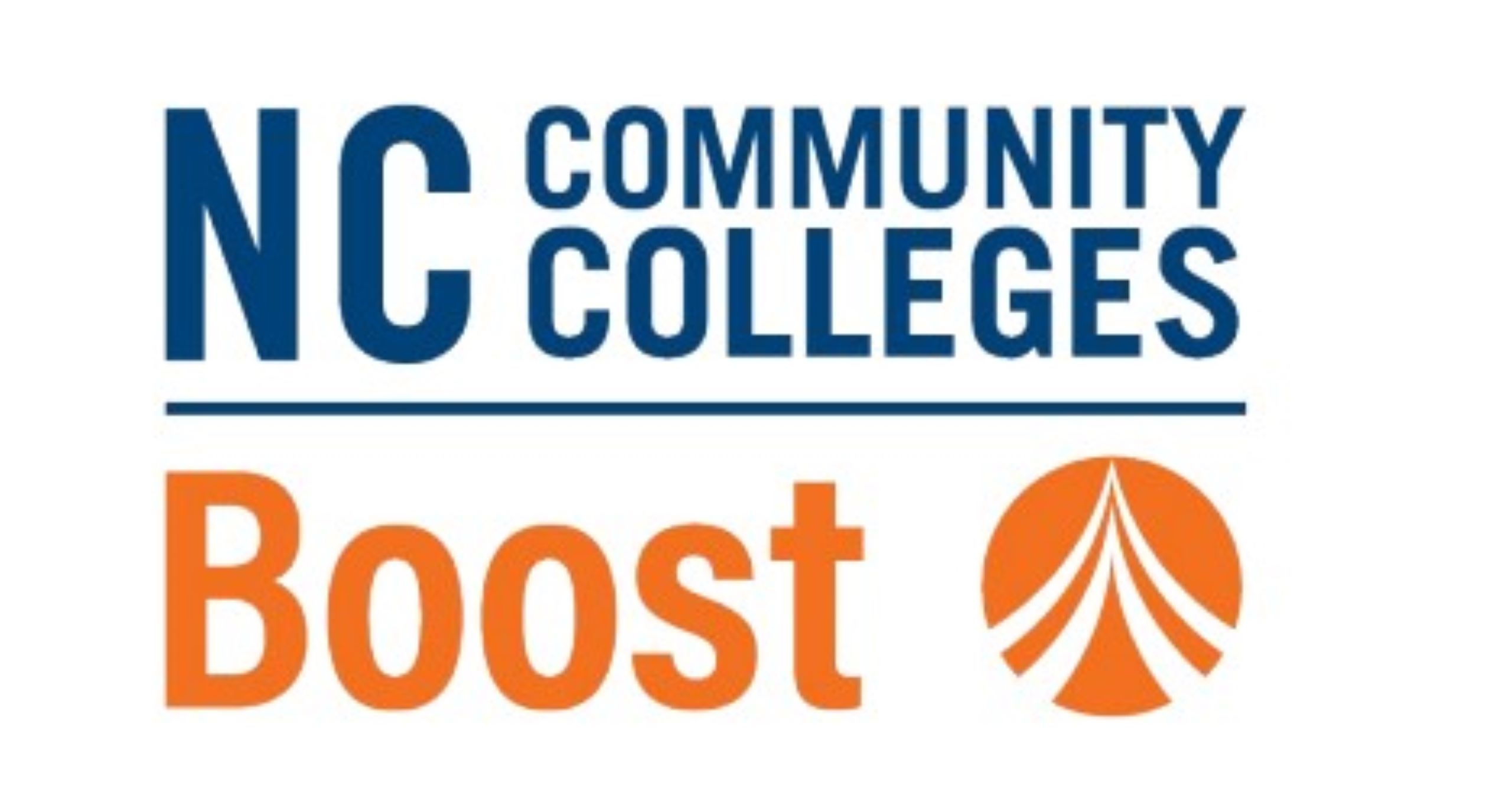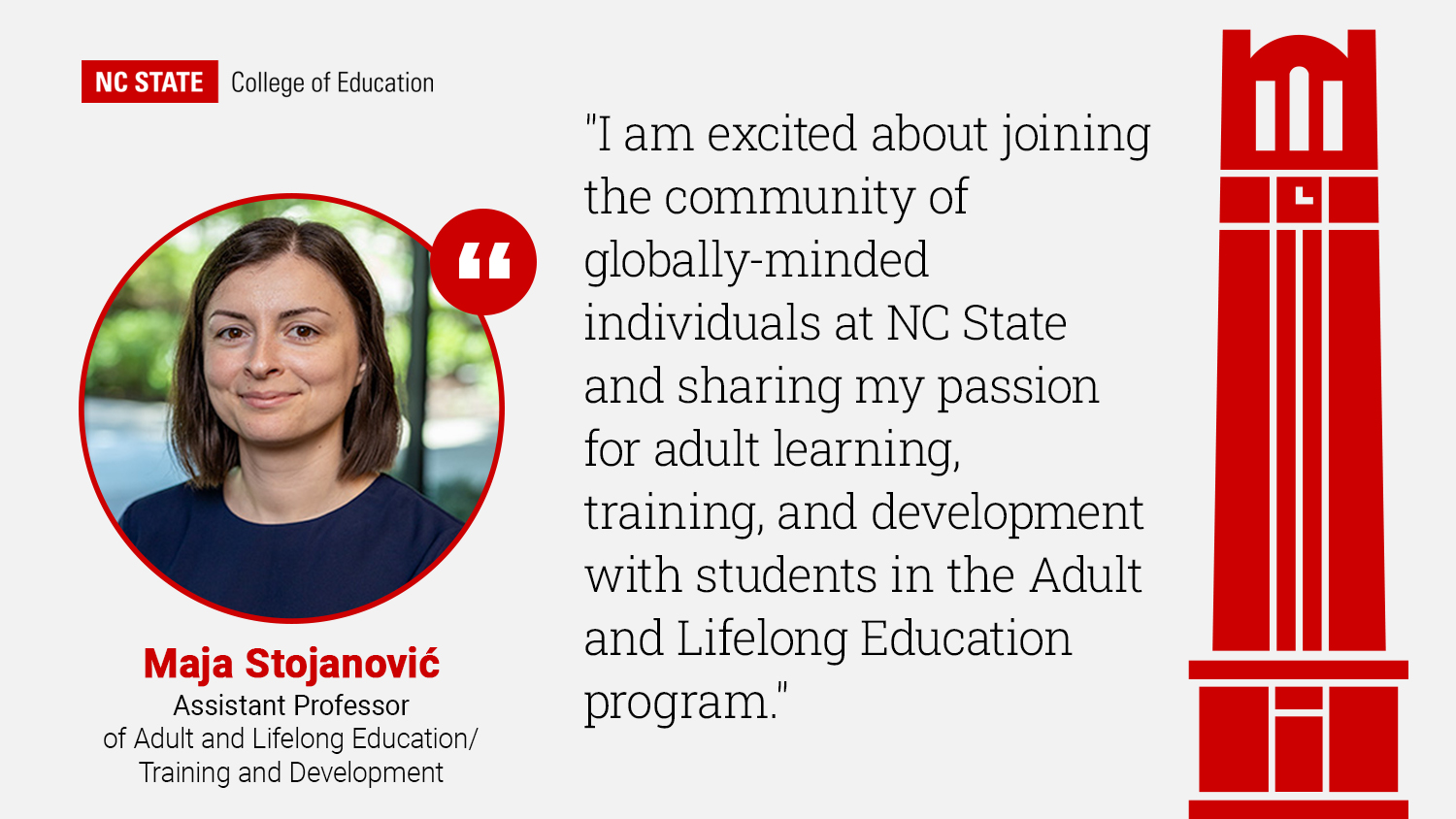Why is it Important for K-12 Students to Understand Data and Statistics? ‘Understanding How Data is Used, How It’s Collected and Why It’s Collected Helps You Understand That You Can Be Empowered By It or You Can Be Manipulated By It,’ Says Professor Hollylynne Lee
This is part of the monthly “Ask the Expert” series in which NC State College of Education faculty answer some of the most commonly asked questions about education.
Students and teachers are surrounded by data every day and often use it to inform their decisions without fully understanding where it came from or how it was compiled. This is one of many reasons Hollylynne Lee, Ph.D., professor of mathematics and statistics education in the NC State College of Education and a senior faculty fellow with the Friday Institute for Educational Innovation, believes statistics education is so important for both students and their teachers.
Lee, who is one of three national finalists for Baylor University’s Robert Foster Cherry Award for Great Teaching, has spent more than two decades researching the learning of statistics, probability and data science with the goal of understanding how students learn those concepts and how that learning translates into educational opportunities.
Students and adults use data regularly, she said, to make decisions about things that range from their health and fitness to deciding if they want to make a purchase based on a recommendation from Amazon. Most people, however, don’t understand the lifecycle of this data, which includes where it comes from, how and why it was collected, who collected it and how it was processed and analyzed.
“Understanding how data is used, how it’s collected and why it’s collected helps you understand that you can be empowered by it or you can be manipulated by it,” Lee said. “We want our citizens to be in a position where they’re able to make sense of data that is represented to them in the media and can make the decisions that are appropriate to them or their families.”
The importance of being data literate
Although nearly every STEM career will require some understanding of data and statistics, Lee said being data literate is important for a variety of other careers, as well as many real-life scenarios.
Being data literate, for example, can help someone understand why they see specific content on their social media feeds. Recommendations of posts and ads are made using data-driven algorithms, showing people content that is similar to other posts they’ve viewed or liked. This, Lee said, can create a biased perspective where people largely see content they tend to agree with. But, those who understand this data-based system will be able to acknowledge that the content they see is not necessarily representative of society as a whole.
One activity Lee has used to help children understand data in a way that is applicable to their lives is to have them analyze the nutrition labels on different foods to see how companies can manipulate data to change perceptions of their product. For example, a serving size may be listed as much smaller or much larger than the portion that a person would typically eat in order to make it seem like the food has less sugar or more protein than it actually does.
“We’re all involved in shopping for supplies for our families all the time and one of the things that we’re often concerned about is our health and if what we’re eating is actually nutritious,” Lee said. “Being able to be careful consumers of that is about being data literate.”
Real-world examples like these are a quick way that educators can bring data and statistics into the classroom, even if they’re not teaching mathematics, Lee said.
Bringing a data visualization from a news story into a math, science or even an English or social studies classroom can help get students thinking about statistics. Asking students why they think a news reporter created a data visualization, why they collected the data and if they think the story would have been different if the data was collected from a different group can help students not only understand how to interpret data, but how it can be biased.
“I’ve been a teacher in the classroom, and I still go into classrooms today, and when students are engaged in data investigations, that room is lit up. They are excited about it, and it’s a way to actually bring purpose to students’ learning,” Lee said. “In those lessons, students don’t ask ‘Where am I going to ever use this?’ or “Why am I learning it?’ because they see it. They’re experiencing it while they’re doing it.”
The challenges of bringing data and statistics into the classroom
Although incorporating data science into lessons has real-world benefits for all students, Lee said many educators face a variety of challenges in bringing data and statistics into the classroom.
For example, Lee said statistics and probability often make up a relatively small portion of the curriculum and end of grade tests across the country. So, when teachers are crunched for time and forced to make decisions about which topics to focus on in an often packed curriculum, they may let go of concepts like statistics that students won’t likely be tested on.
The absence of meaningful statistics content on most assessments, Lee said, creates a systemic problem where the subject continues to be undervalued in the curriculum.
“Many advocates like myself think that data and statistics should have a much more prominent place in the education of all of our students,” she said. “We need to perhaps minimize some of the concepts that have been there historically that are taking students on a path to the pinnacle of calculus. It should not be the pinnacle class for all students, but our curriculum is set up to march our students through to that course.”
The lack of emphasis on data and statistics in classrooms also means that many current K-12 educators did not have good learning opportunities related to the subject in their own educational careers. This, Lee said, means that many teachers often feel less comfortable teaching these lessons and may not actively make an effort to introduce them in the classroom.
Equipping teachers to deal with the challenges
To remedy this issue, Lee has created a variety of online professional learning opportunities offered through the Friday Institute that teachers can engage with on a flexible schedule, for a few minutes to a few hours at a time.
These professional learning opportunities give educators the chance to think about what aspects of the subject they are comfortable with and which areas they need improvement in while also engaging with like-minded educators from across the globe.
“By doing online professional development, we can actually provide different pathways for teachers and have more flexible learning opportunities, so it’s not everybody sitting in the same room, getting the same thing at the same time,” Lee said. “They’re able to engage in an online community [with educators who] might be five or six states away, they might even be a whole country away, but they’re all there to learn together and think about how to improve their practice in the classroom.”
Lee’s research has a foundation in students’ learning and understanding of statistics. By going into classrooms to try different learning opportunities and observe what students struggle with and succeed in, she and her research team are able to make better decisions about what teachers are learning and how they can create better learning opportunities for educators.
Her most recent grant from the National Science Foundation is developing a personalized learning platform for teachers, while also using data recommendations to learn more about their needs and offer recommendations of different learning modules.
“My research team has very much been trying to think about how to make those more personalized pathways accessible to teachers so that it can be more connected to their personal goals and their learning and meet their needs,” Lee said.
Providing students with the tools to understand concepts
In addition to preparing educators to be better able to teach about statistics, Lee noted that it’s also important for students to be provided with the right tools to understand the concepts.
Many people think about data as being presented in rows and columns, but data can take the form of text, images and videos. Despite this, most students are still taught using tools like graphing calculators. As more schools move to a one-to-one model, with Chromebooks for each student, Lee recommends educators who want to incorporate data lessons into their classrooms turn to online resources that offer a more authentic experience that is closer to the way students will experience data in college or future careers.
“The graphing calculator has been kind of a staple in high school mathematics classrooms, including in Advanced Placement Statistics, for a long time but, particularly with data and statistics, a graphing calculator is not the tool that experts use. It’s nowhere close to the tool that experts use and yet it’s still being provided for our students in school,” she said. “We have to change the system that is only providing students with tools that are not sufficient for them to gain the technological prowess they need to model their world with mathematics and really study data and statistics.”
- Categories:



